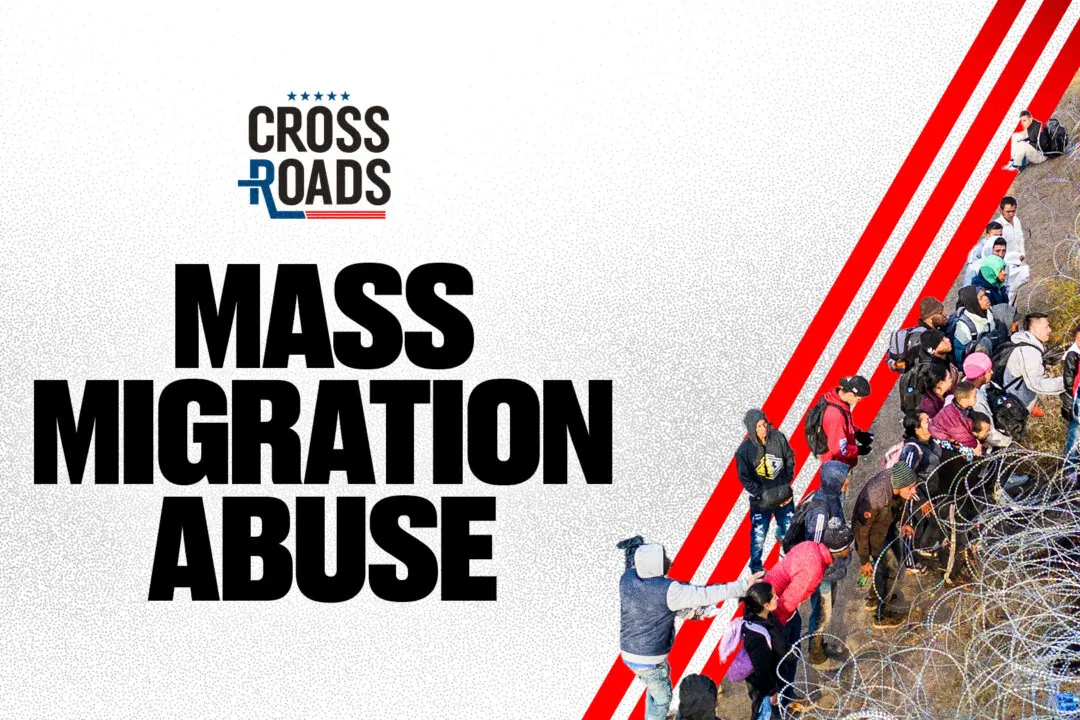Global adoption is a big business, fraught with loose regulations and profit incentives that have made it a target for kidnappers, human traffickers, and pedophiles.
Despite regulations on international adoptions, and with some countries even banning all foreign adoptions, the problem has continued. Kidnappers continue to fuel the trade, and adoption agencies continue to skirt the laws.





